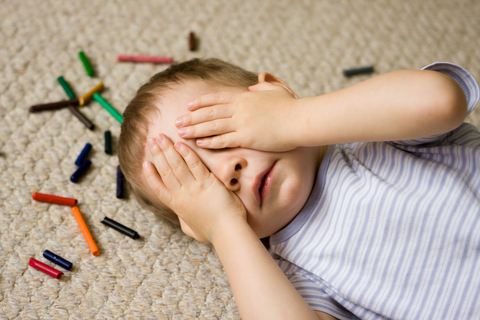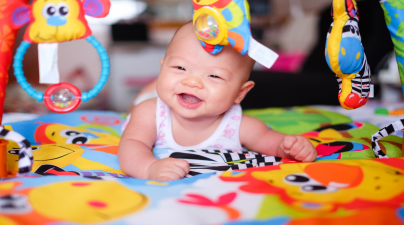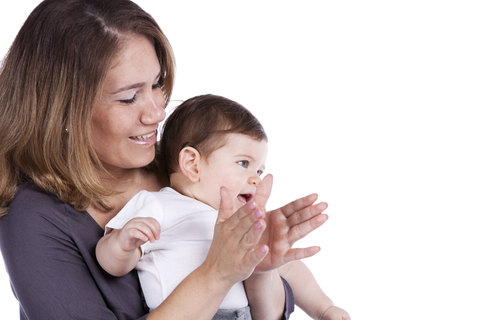-
30 June 2014
-
0 comments

Previously in our discussion examining sensory vs. behavior, we defined sensory processing disorder. Now we look at the flip side: the behavior piece. And again, let’s get our facts straight. According to Sherry Mulligan’s “Occupational Therapy Evaluation for Children: A Pocket Guide” these are the descriptions of typical behavior patterns from ages 1-12.
1-2 Years:
- Displays clingy behavior with parents
- Likes to be independent and may resist adult control
- Enjoys being the center of attention
- Expresses varying emotions and affection
- Has a vocabulary of 15-20 words
- Follows simple directions
- Engages in solitary/parallel play
2-3 Years:
- Has good receptive language
- Has a vocabulary of up to 500 words
- Engages in simple dialog
- Defends possessions but begins to learn to share and take turns
- Begins to socially interact in play
- Is shy with strangers
- Follows simple rules
- May display anger/frustration with temper outbursts
4-6 Years:
- Plays well with others, shares and takes turns
- Has and enjoys being with friends
- Follows simple rules and directions
- Apologizes for errors that hurt others
- Likes to help others and shows empathy
- Displays and identifies various emotions
- Has some self-control over anger
- Is timid with strangers
- Has definite likes and dislikes
6-12 Years:
- Considers peer relationships as important
- Develops loyal friendships
- Compares themselves to others
- Gender roles become more pronounced
- Develops self-discipline and self-control
Typical behavior patterns are important to be aware of with regard to setting expectations. Is a child throwing a tantrum or having a meltdown because they cannot verbally express their discomfort? Can your child often verbally express himself but at this particular moment he cannot? Is this a particular behavior pattern of a 4-year-old? Does your child have this social, emotional or cognitive skill yet, or is it above the age expectation? These questions may clue you in to whether or not a reaction is stemming from a sensory or behavior issue.
Next in The Therapy Spot’s blog series on sensory vs. behavior, we will identify environmental triggers.
The Therapy Spot is a multidisciplinary pediatric therapy center that offers occupational therapy that helps children improve their ability to perform daily living activities. Click here to learn more about our occupational therapy options.
Share Social




